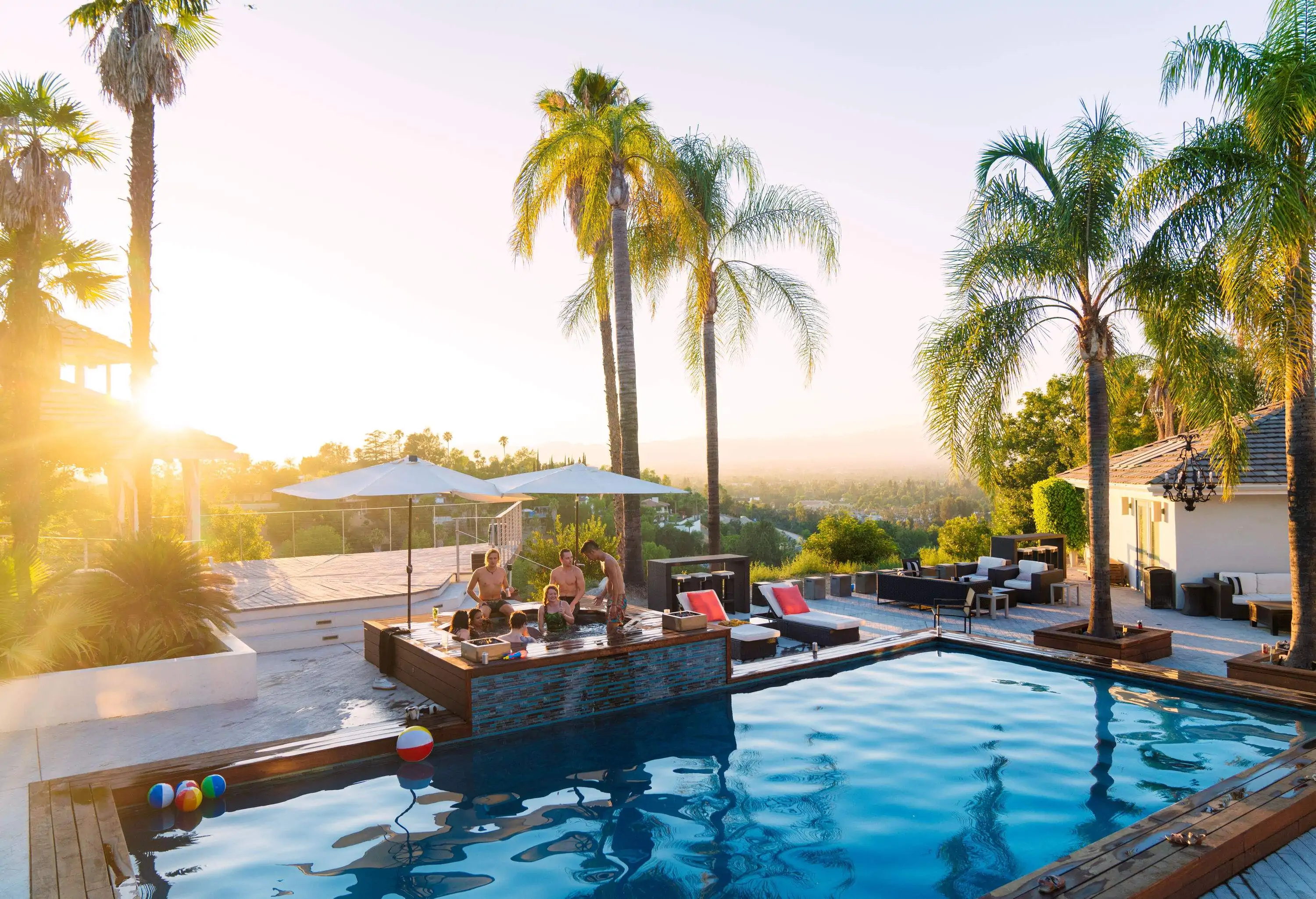White House
Given the US’ sensitivity to security, it’s perhaps surprising how close you can get to the office and residence of the President. If you want to venture beyond the black iron perimeter gates you’ll need to plan ahead – tours must be booked at least a month in advance. US citizens should direct requests to their congressperson, while international visitors should apply through their respective embassy.
Monuments
Washington, DC isn’t just the seat of US-power; it’s the manifestation of the country’s national identity. Nowhere is American-ness more explicit than with the city’s monuments. From Arlington Cemetery, the Lincoln and Washington Memorials, to the Monument itself, the city is dotted with the architectural equivalents of the stars and stripes. Take a tour by night, where illumination underscores grandeur.
Georgetown
Made famous by its historic architecture, canal and university, Georgetown is Washington, DC’s most welcoming neighborhood. Thousands of students generate a youthful, artistic and intellectual atmosphere at the many restaurants, bars and shops in the area.
The Smithsonian Museums
The largest cultural complex in the world, The Smithsonian Institute comprises 19 museums and galleries, one of the US’ top zoos and nine research facilities. Most of the world-class museums – each specializing in fields like air and space, design, and art – are free to enter for 364 days a year (closed Christmas Day).
The John F. Kennedy Center for the Performing Arts
The National Symphony Orchestra, Washington National Opera and Suzanne Farrell Ballet all call this cathedral of melodic entertainment home. Catch one of 400 free theater, dance, orchestral, chamber, jazz, or folk music shows performed by international, national and locals artists each year.
Written by insider city guide series Hg2 | A Hedonist’s guide to…




